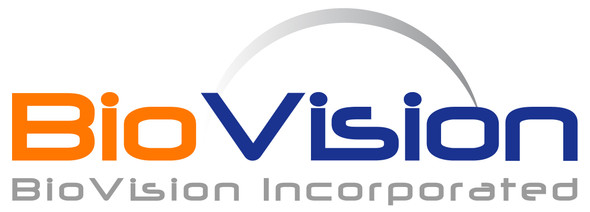Description
ANG-1, Human Recombinant is available at Gentaur for Next week delivery.
Promotes angiogenesis during the development, remodeling, and repair of the vascular system
Biomolecule/Target: ANG-1
Alternates names: Angiopoietin-1
Synonyms: Angiopoietin-1
Background Information: Angiopoietin-1 (Ang-1) is a secreted ligand for Tie-2, a tyrosine-kinase receptor expressed primarily on vascular endothelial cells and early hematopoietic cells. Ang-1/ Tie-2 signaling promotes angiogenesis during the development, remodeling, and repair of the vascular system. Transgenic mice lacking expression of either Ang-1 or Tie-2 fail to develop a fully functional cardiovascular system and die before birth. Postnatally, the angiogenic activity of Ang-1/Tie-2 is required during normal tissue repair and remodeling of the female endometrium in the menstrual cycle. Ang-1/Tie-2 signaling appears to be regulated by Angiopoietin-2 (Ang-2), a natural antagonist for Tie-2 that exerts its effects through an internal autocrine loop mechanism. In addition to suppressing endothelial cell activation by inhibiting the expression of adhesion and inflammatory molecules, Ang-1 enhances endothelial cell survival and capillary morphogenesis, and lessens capillary permeability. As such, Ang-1 has a potential to become an effective therapeutic agent for treating various endothelium disorders, including several severe human pulmonary diseases. The efficacy of cell-based Ang-1 gene therapy for acute lung injury (ALI) has recently been studied in a rat model of ALI. The results of this study show that such therapy can markedly improve lung condition and suggest that Ang-1 therapy may represent a potential new strategy for the treatment and/or prevention of acute respiratory distress injury (ARDI), a significant cause of morbidity and mortality in critically ill patients. Recombinant human ANG-1, derived from HeLa cells, is a C-terminal histidine tagged glycoprotein which migrates with an apparent molecular mass of 60.0 – 70.0 kDa by SDS-PAGE under reducing conditions. Sequencing analysis shows N-terminal sequences starting with Ser-20 and with Asp-70 of the 498 amino acid precursor protein.
Reconstitution Instructions: Centrifuge the vial prior to opening. Reconstitute in water to a concentration of 0.1-1.0 mg/ml. Do not vortex. For extended storage, it is recommended to further dilute in a buffer containing a carrier protein (example 0.1% BSA) and store in working aliquots at -20°C to -80°C.
NCBI Gene Symbol: ANGPT1
Gene ID: 284
NCBI Accession: Q15389
Additional Information
Size: |
50 μg |
Country of Manufacturing Origin: |
USA |
Country of Animal Origin: |
USA |
Gene Source: |
Human |
Recombinant: |
Yes |
Source: |
HeLa cells |
Purity by SDS-PAGE: |
≥95% |
Assay: |
SDS-PAGE |
Purity: |
N/A |
Assay 2: |
HPLC |
Endotoxin Level: |
< 0.1 ng/μg of protein (<1EU/μg). |
Activity (Specifications/test method): |
Determined by the dose-dependent stimulation of the proliferation of human umbilical vein endothelial cells (HUVEC). |
Biological activity: |
Determined by the dose-dependent stimulation of the proliferation of human umbilical vein endothelial cells (HUVEC). |
Results: |
N/A |
Molecular Weight: |
60-70 kDa |
Storage Temperature: |
-20°C |
Shelf Life: |
12 months |
Concentration: |
N/A |
Appearance: |
Lyophilized powder |
Handling: |
Centrifuge the vial prior to opening. |






